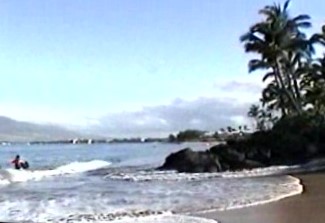
We learned that Kihei was the location where James Cook, the first person of European descent in the area, arrived in Hawaii while trying to get to Tahiti. We were checking out of our hotel that day, so we visited the cove one last time and tried, somewhat successfully, to identify the islands we could spot from the shore. We saw dogs out on the beach and felt the fine sand dissolve under our feet. The weather had been consistently gorgeous, with an occasional sprinkling of rain that often brought rainbows. I’ve never seen such consistent rainbows. The place was so beautiful that our photos look like bad art, with ocean and sun everywhere.
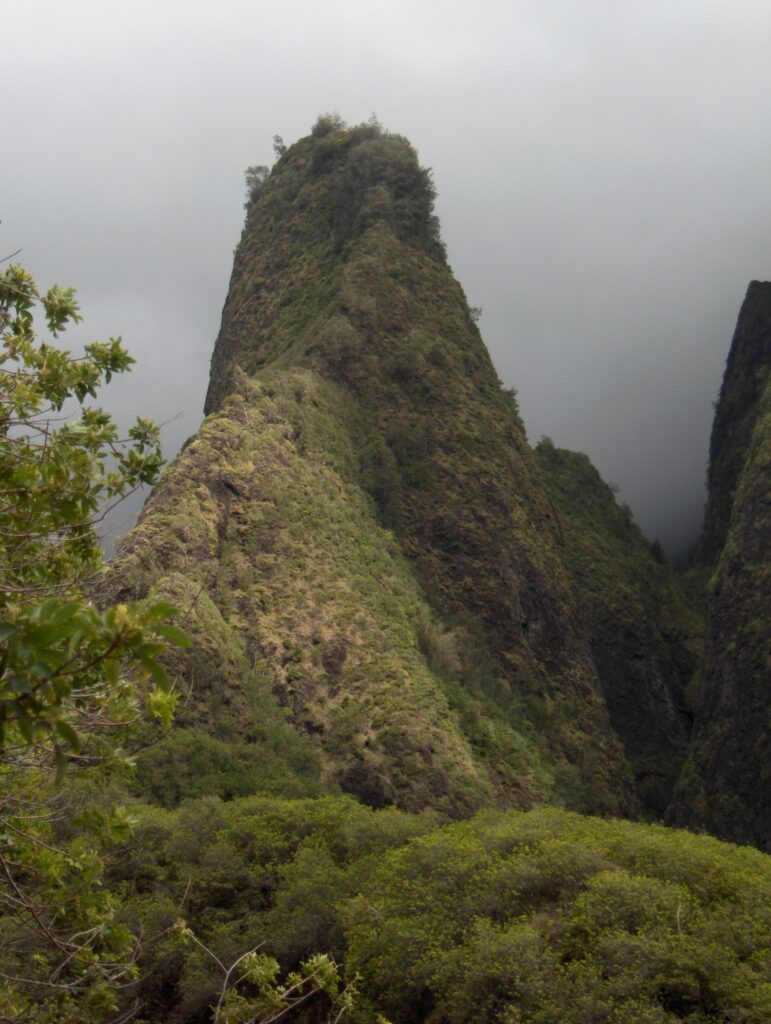
We drove up along the Maalaea Bay and stopped to visit the Iao Valley State Monument. This beautiful landmark was the site of bloody battles to unite Hawaii in the 1790’s under King Kamehameha I, but now it is just a stunning place for admiring Maui. We passed waterfalls with warnings not to dive because of the high elevation. The park looked like a movie set or an isolated island.
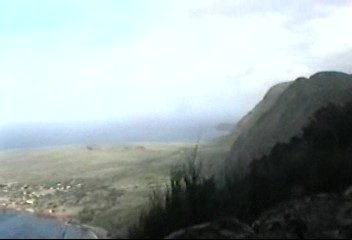
From there, we headed off Maui by small plane to Moloka’i. This island is one that is less accessible to tourists, but I had wanted to go in order to take in the historic leper colony, which I learned about in grade school religion class. A priest called Fr. Damian ministered to the isolated leper colony there, caught Hansen’s Disease (leprosy) and died after 12 years in service to its people. He has been canonized, which was slowed by his apparently fierce temper (something that is encouraging to those who also are less than perfect but try to do good in the world anyway). We found a B&B, Ka Hale Mala near Kaunakakai on the southern side of this small island, got settled, and then headed for the lookout over Kalaupapa.
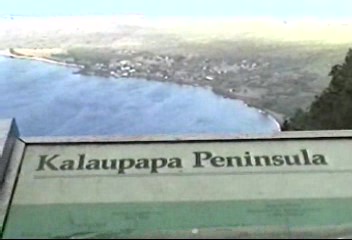
The summer we visited, the bridge to Kalaupapa Peninsula, a quarantine site for victims of Hansen’s Disease, was damaged in a storm, so we could not get down to see it by foot or donkey, which is the normal means to get there on Moloka’i. (One can also take a flight from Oahu, but it was outside our budget of time and money.) The lookout marker offered a succinct history. Isolation of lepers began in 1866 at Kalawao, on the other side of the peninsula, but that was abandoned around 1900 because the weather conditions were better at Kalaupapa, where a community remained under medical and National Park Service jurisdiction. By 1969, Hawaii abandoned its isolation policy because Hansen’s Disease could be controlled. I became quite moved by the marker, which explained that those diagnosed were forced into isolation, never to see their family again (often at a very young age) unless the family member agreed to accompany the patient as a caregiver, which would likely ensure that they too would contract the disease. Many did so anyway. This moved me to tears because I had spent almost seven years as the caregiver to my father, who had Alzheimer’s Disease. It is a lonely business to walk the journey of a stigmatized disease with another, but I would not have had it any other way, and the bravery of those who went to quarantine moved me. In Fr. Damian’s time, the colony had inadequate food and medicine, and he did what he could to raise awareness and support for the people who suffered there. When the isolation policy ended, those who were residents were allowed to leave, but they could choose live at Kalaupapa on state support for the rest of their lives because they had known no other home. The year I was there, the resident count had become quite low, maybe 2-5 people. The site was in transition from being under the control of the state health department to the National Park Service, who was struggling to preserve it under very difficult weather conditions and would have total control when all patients were gone. Kalaupapa has its own post office and regular transport planes bringing medical personnel. Tourists could come to visit on health missions or sponsored tours, but there is an obligation to protect patients and their privacy. It was, of course, frustrating to be this close to this important place and not be able to go. However, there was much else to do on Moloka’i, and I figure it gives me a reason to go back–although I hope the island is not terribly built up at that point. It was wonderfully remote in 2010, even if the cost of gas and food were very high.
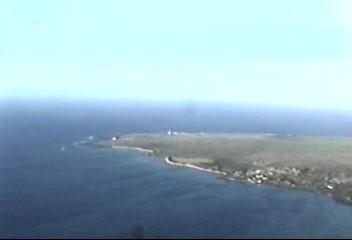
The lookout point also featured a wonderful phallic figure, so we visited that too. Evening fell and we headed back to our hostess for a bit before heading out to purchase bread at the Kanemitsu Bakery in Kaunakakau town. The bakery has regular hours, but it also offers up specialty breads in a manner consistent with drug dealing. We went down a small alley and waited with other gathered tourists for them to produce fresh offerings. I don’t remember the flavor of the offerings, just the waiting in the dark with other people for a taste of bread we devoured the next morning at breakfast.
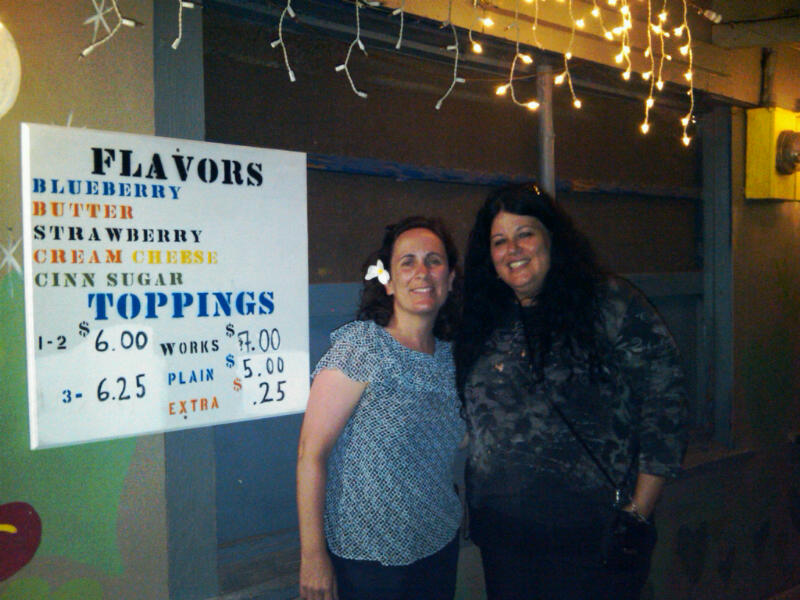
Update: Interesting article from the National Trust about efforts to maintain the graves on Kalaupapa. If I could apply, I would have loved to do this.
